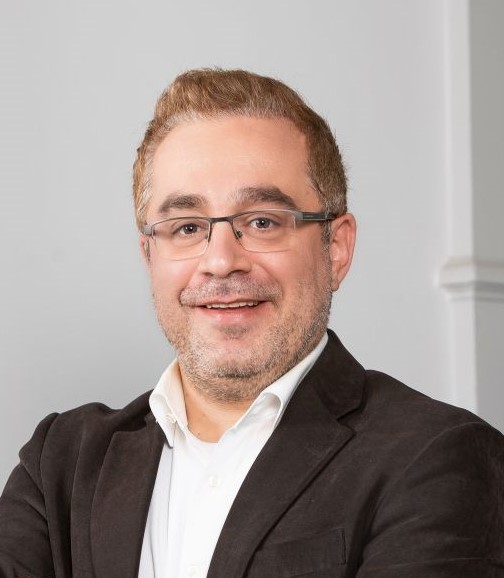Today, the necessary network expansion is coordinated within the framework of the development of a joint network development plan between the transmission system operators, the Federal Network Agency and all stakeholders. Innovations are only considered unsystematically.
„One can assume that the expenditure for the integration of renewable energies will disproportionately increase,” says Jens Büchner, Managing Director E-Bridge. “So far, we have successfully integrated around 100 GW of installed capacity in renewable energy systems into the grids, which cover more than 30% of our current electricity needs. The next 30%, which according to the plans of the Federal Government should be achieved by 2030, will be much more difficult to integrate“. Without systematic consideration of innovations, the future grid expansion will certainly be overestimated and the costs of the energy transition will rise disproportionately. It is not only economically sensible to systematically consider all potential innovations in the network planning process, but it is also a social responsibility to only build as many lines as are required in the long term.
On behalf of TenneT, E-Bridge has analyzed today’s network planning process and developed a proposal for adaptation. Today’s process
- einshould be supplemented by an additional process step, innovation identification and evaluation;
- the current energy-economic scenarios should be extended by a selection of technical innovations; and
- the final choice of measures, with more emphasis on long-term developments, should be consulted and agreed.
„The adaptation of the processes in the NEP 2.0 should be implemented as quickly as possible in order to be able to promptly increase the efficiency of the existing network and the expansion measures already specified in the Federal Requirement Plan Act (BBPIG) with the help of innovations“, Vigen Nikogosian, member of the project team, points out.
TenneT intends to discuss the results of the study with network operators, politics and several stakeholders this year. The aim is to develop joint recommendations for a sustainable and effective network planning process.
Relevant documents:

